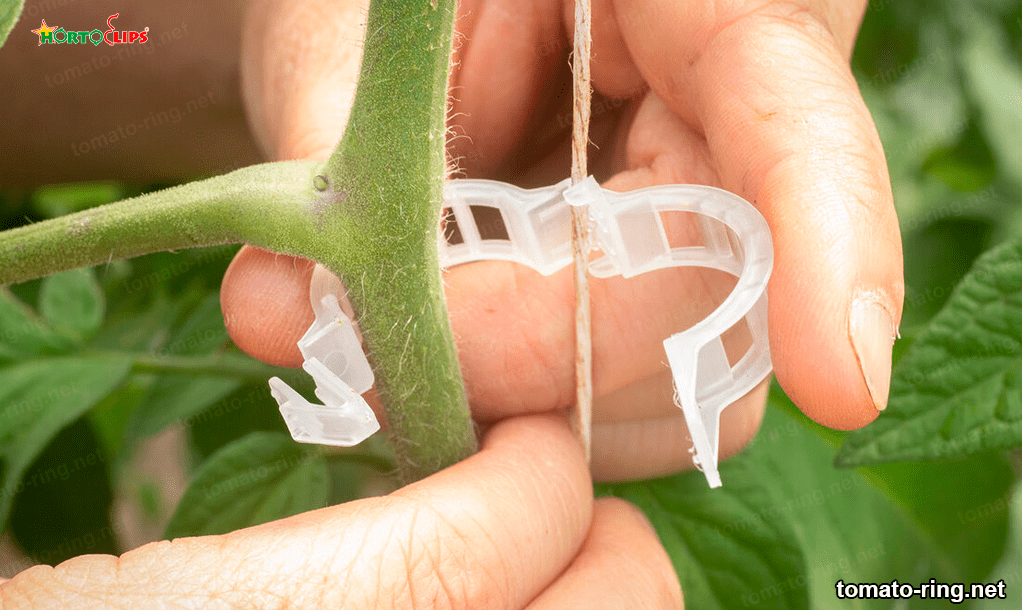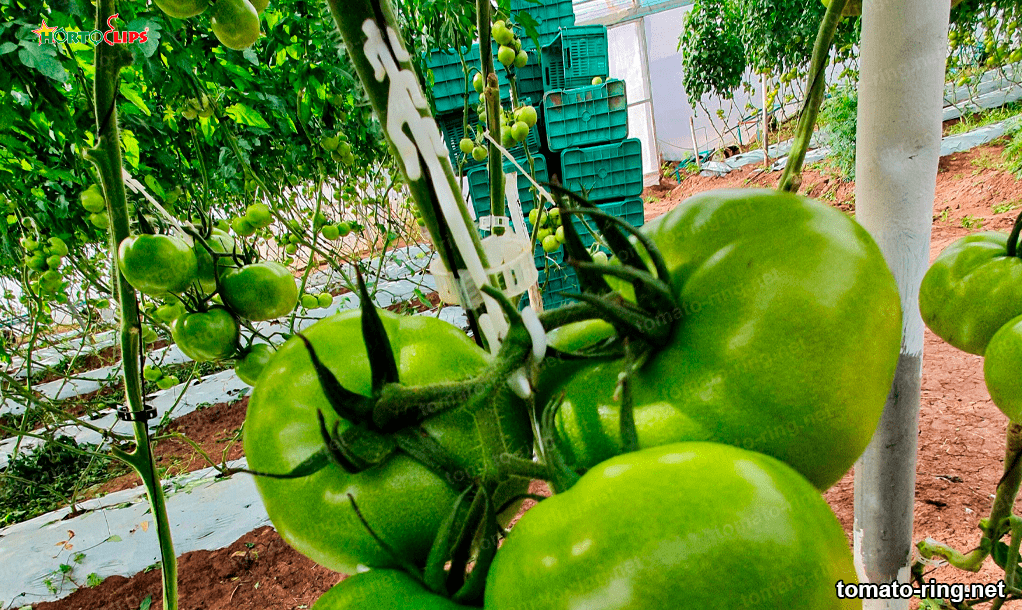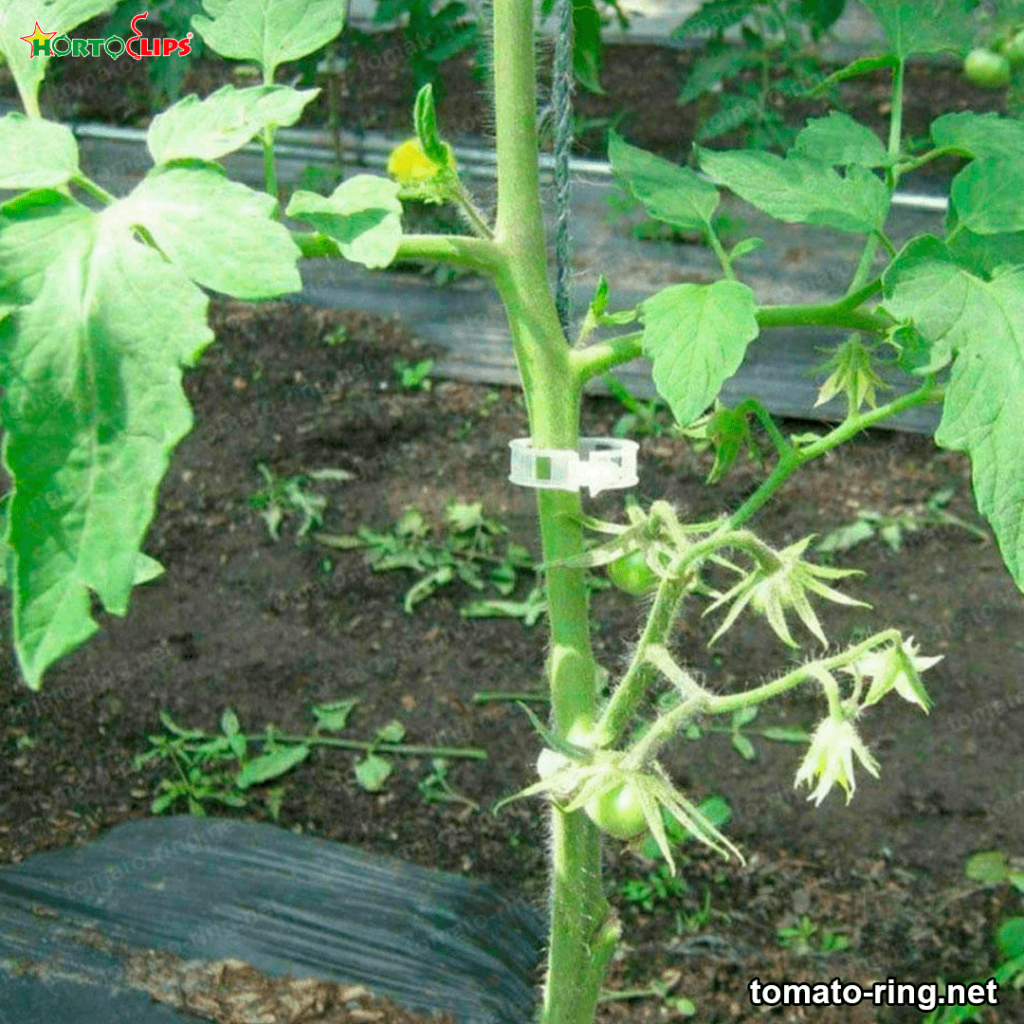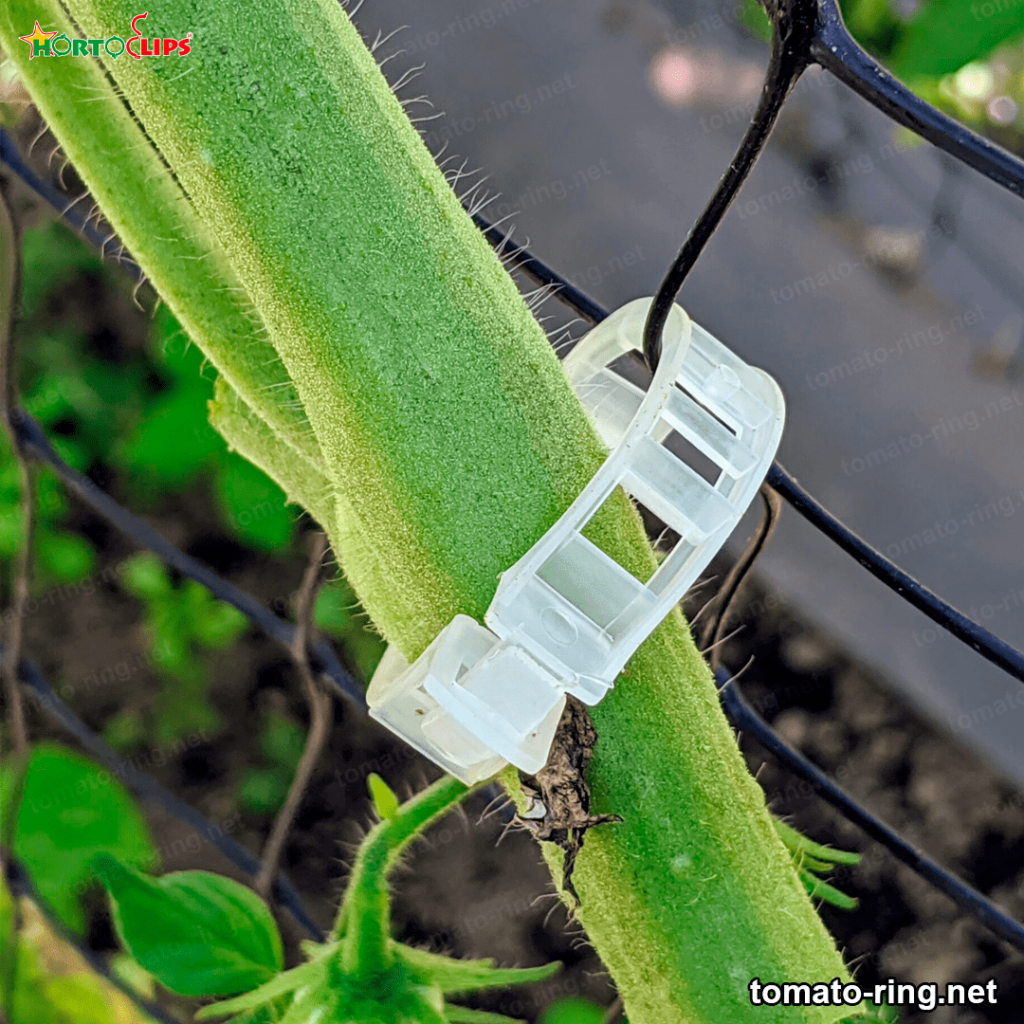Trellising rings are placed around the trunk of a tree or vine to help support it, and they work in a variety of ways. Some of them simply interlock with each other to support trees, while others are attached to the roots with wires to increase stability. The use of staking rings reduces the use of labor, increases production and improves product quality. One of the main advantages of using staking rings is that they can help improve tree yields. This is because the rings can be adjusted according to the requirements of each tree. Some rings are designed to support the weight and size of the tree, which helps improve product quality by reducing tree stress. Rings can also be adjusted to allow the tree to grow according to its needs, which improves production compared to that obtained without tutors.
They also help prevent diseases and pests. The barriers provided by the rings prevent pests from entering the tree. This means that the trees will be less exposed to diseases, which means lower health costs and higher productivity. In addition, the use of tutor rings is an economical and efficient way to help trees grow in environments where natural resources are scarce. This reduces the cost of farming operations by making trees better able to withstand wind, drought, etc. The rings also help protect trees from fire, which means less vegetation removal. The use of trellising rings for agriculture is an important practice that can improve production and tree quality at the same time. Trellising rings can help reduce tree stress, prevent diseases and pests, save natural resources and reduce the cost of farming operations.

The impact of the development of trellising rings on agricultura
Agriculture has evolved a lot since the early days of food crops. With the advent of technology, farmers have been able to carry out trellising practices with the help of rings. These practices aim to promote healthy crop growth and development by providing organic matter. The results obtained with this technique have greatly improved the production and quality of agricultural products allowing high quality products to be obtained at a lower cost than before.
The rings can be used to improve the soil by providing organic matter and aerating the soil without damaging crop roots. This allows the soil to remain wetter for longer, which reduces drought problems. This also increases the nutrient content of the soil, improving crop quality. The rings are also used to control weeds and pests, resulting in reduced fertilizer and pesticide residues.
An additional benefit of trellising rings is the savings in time and effort for growers. The use of the rings instead of other tutorship methods means that crops require a minimal amount of manual labor. This reduces the time a farmer requires to keep his crops in good condition and improves his productivity.
In addition, the rings provide physical protection to the crops from weather elements, such as wind, rain and other natural elements. This allows crops to grow with less damage. This means less loss in production and this is reflected in a higher profit for the farmer. They have also changed the way farmers manage irrigation systems. Since the rings provide high moisture retention to the soil, farmers do not have to worry about how much water the crops need. This reduces the cost and effort needed to irrigate crops.

Economic improvements are obtained with the advantages provided by a tutoring ring.
The use of trellising rings in vegetable crops offers numerous economic improvements for agricultural producers. It produces larger and better quality vegetables, flexibility in herbicide application, and the opportunity to increase orchard productivity.
On the one hand, growers who use trellising rings in their orchards can obtain better yields in vegetable production. This is because the vegetable stems have more support, so the foliage can develop more freely, allowing access to more sunlight. This in turn allows the plant to grow at a higher rate, providing higher yields. They also offer another great advantage for agricultural producers: flexibility in herbicide application. This is because the rings are able to contain weeds, preventing them from interfering with crop growth. This means that herbicides can be applied where needed without having to worry about healthy foliage, which reduces production costs.
Finally, they offer the potential to improve orchard productivity. The rings have the ability to resist wind, which can help prevent damage from falling vegetable growth. This means that the same space can accommodate a greater number of plants and, in turn, higher production levels.
Vegetable trellising rings offer a wide range of economic improvements for agricultural producers. They allow for improved product quality and size, flexibility with chemicals, and improved orchard productivity. These improvements will make the production process more profitable and cost effective. This technique is an invaluable tool for production improvement and is an option worth considering for growers concerned about increasing their profits.

